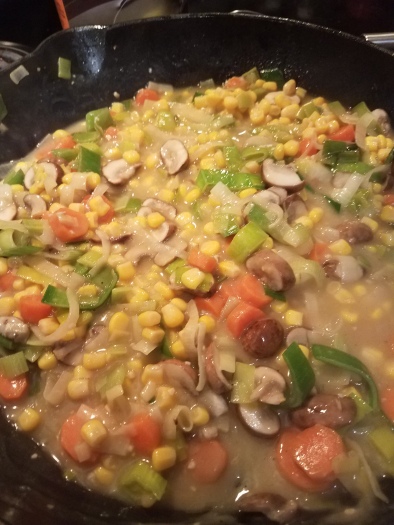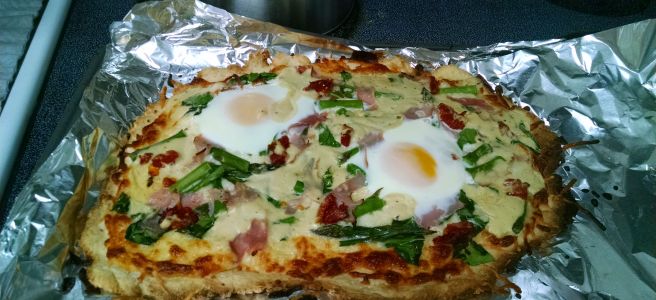So, as established in my last post, the world went incredibly haywire in the past 6 weeks, which has certainly contributed to my lack of posting. But I’ve literally posted 3 times this year (this will be blog post #4), and that can’t all be blamed on coronavirus panic. No, much of that must be blamed on my time management and on grad school itself.
Here’s the thing: I, for reasons that I barely comprehend myself, agreed to TA two different classes this semester. Together they add up to a normal amount of hours of TA appointment, but they have very different requirements and deadlines for me to keep track of. As a result, it feels like I am literally always grading something, and asking myself questions like, “why did I do this” and “do people not use spellcheck”.

Meanwhile, I am working on my prospectus, which means I am desperately trying to take the mess of ideas in my head and put them on paper in a way that is a) coherent and b) plausible as three connected papers. This is harder than I thought, which I know may seem silly, but I’ve literally been cultivating this plan for years, and I figured, oh, how hard can it be to just write it all on paper and then my advisor will give me some edits and I’ll be fine?
Nope.

Okay, so, that is my excuse/explanation for the current state of things. Yes? Good? Now let’s talk about food.
I only started eating salmon a few months ago, but this is not my first salmon recipe I’m posting here, because it’s a great medium for a lot of flavors, and is really good for you. This recipe was inspired by far too many hours watching Hell’s Kitchen, which I have had on in the background because honestly it’s good to watch other people have meltdowns about things and remember I’m not alone.

SO THIS SALMON. I know, I know, you thought at the very least the next image would be of the salmon. Sorry. I get distracted, you know? But here it is, the Teriyaki Salmon with Mango Slaw you have presumably hung in there with this post to see:

Look at that! It’s colorful, flavorful, and is totally on point for spring!
This dish is actually really simple, which is the good news. You can use thawed frozen salmon for this, which is the better news. I have no idea what the produce dept looks like at your local grocery store and cannot predict whether or not you have access to cabbage or mangoes, which is the bad news. BUT if you can get your hands on the handful of ingredients involved in this recipe, a tasty dinner is in your future.

You can do this with store bought teriyaki sauce (like I did), or you can make your own. The mango slaw is based on this recipe, but with a few minor adjustments.

INGREDIENTS
For the salmon:
- 2 cuts of Atlantic or Alaskan Sockeye salmon
- Approximately 1/2 cup of teriyaki sauce
For the slaw:
- 1 cup of shredded cabbage or Cole slaw mix
- 1/2 to 3/4 of a mango, ripe, cut into bite-size pieces/strips
- 2 scallions, green parts only, sliced vertically and then into strips
- 2 T rice vinegar
- 1/2 lime, juiced, OR 1 1/2 T lime juice, store bought
- 2 tsp low sodium soy sauce
- 1 1/2 tsp sesame oil
- 1/2 tsp chili powder
- 1/2 tsp lemon pepper OR zest of 1/3 lemon
INSTRUCTIONS
- Put the salmon and teriyaki sauce in a quart or gallon size bag and let it marinate for at least 15 minutes, or up to a day in the fridge
- Preheat the oven to 450
- Combine all of the slaw ingredients together (this can also be done up to 4 hours in advance to let the flavors meld, but needs to be allowed to sit for at least 20-30 minutes)
- Cook the salmon on a sheet pan for 12-15 minutes, until fully cooked through
- Transfer to a plate and top with the mango slaw















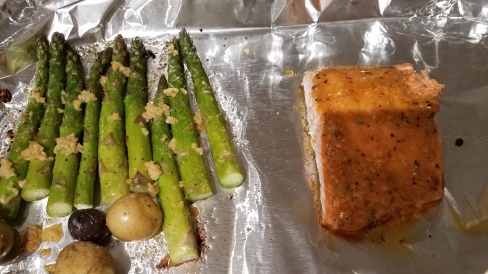
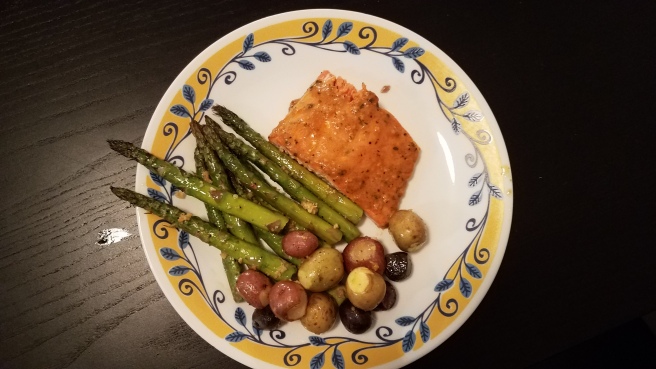



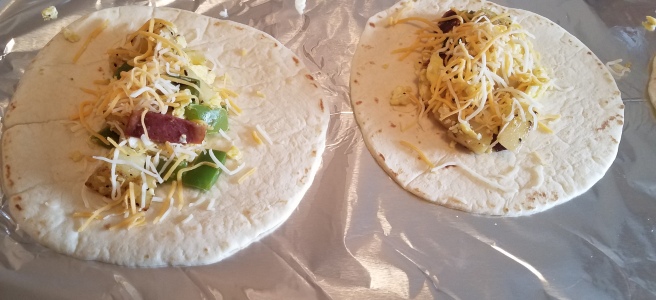

 My point is that school has started, I already feel behind, and I have been weirdly bad about eating breakfast in the morning. But that’s where these breakfast tacos come in. They are delicious, simple, and you can batch cook them and put them in the freezer.
My point is that school has started, I already feel behind, and I have been weirdly bad about eating breakfast in the morning. But that’s where these breakfast tacos come in. They are delicious, simple, and you can batch cook them and put them in the freezer.






